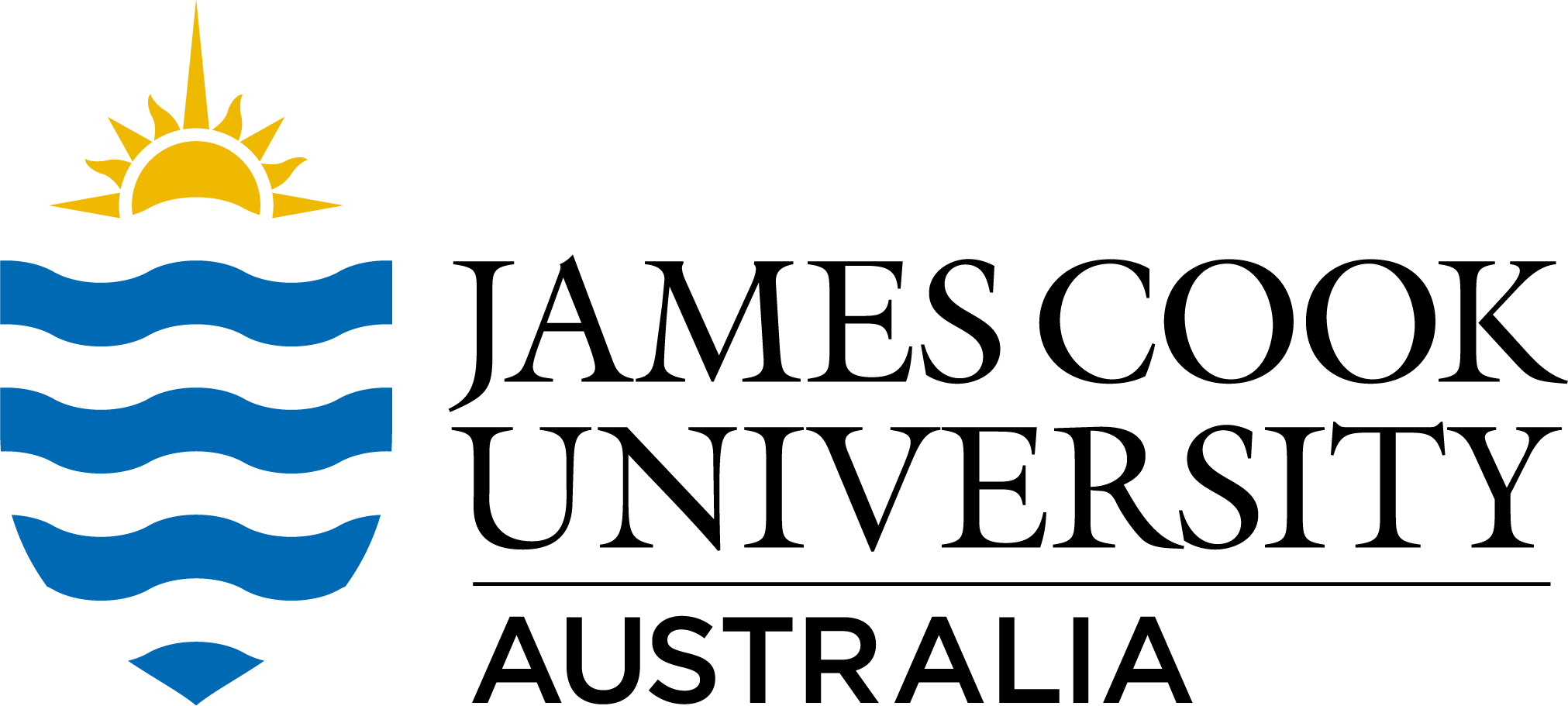Brief description
Abstract [Related Publication]: Group-living in animals carries a variety of trade-offs, with the exact benefit for any group member being largely dependent on the characteristics of its group-mates. For instance, similarity in locomotory performance aids in maintaining cohesion and synchronicity during collective movements while heterogeneity in behavioural phenotypes can aid in establishment of social hierarchies and individualized niches. However, no one has yet investigated whether animal groups sort according to physiological traits by means of phenotypic plasticity, selective mortality, and/or passive and active assortment. Here, we examined whether wild schools of the gregarious coral reef fish Chromis viridis display inter-group differences in whole-animal physiological traits and whether such variation is associated with local habitat characteristics (temperature, depth and flow rate). Using oxygen uptake (ṀO2) as a proxy for aerobic metabolic rate, we found significant differences in maximum metabolic rate (MMR, the upper constraint on an individual’s oxygen-consuming physiological activities) and aerobic scope (AS, capacity to support activities beyond basic maintenance) among schools from different sites, with both traits 11-13% higher in individuals collected on high-flow regime reefs. Minimum (i.e., standard) metabolic rate (SMR) was higher both at sites with shallower depths and on reefs with higher flow. In addition, among groups within sites, SMR often showed inter-school variance, suggesting groups may be assorting locally by SMR phenotype. Recent research examining intraspecific diversity has mainly focussed on differences among individuals, or among populations inhabiting different geographic regions. These results indicate that, in social species, phenotypic differences among groups may be influenced by a hierarchy of effects, with abiotic environmental characteristics affecting the distribution of metabolic traits generally and mechanisms of assortment driving the basal energy demand among social groups within a site.
The dataset consists of an Excel datasheet containing location data and respirometry metabolism estimates for the damselfish Chromis viridis.
The full methodology will be available from the Related Publications link below when the paper (submitted to the Journal of Fish Biology) is published.
Full description
This dataset is available as a spreadsheet in MS Excel (.xlsx) and Open Document formats (.ods)
Created: 2019-01-25
Data time period: 11 2013 to 31 12 2013
text: Lizard Island,northern Great Barrier Reef, Queensland, Australia
User Contributed Tags
Login to tag this record with meaningful keywords to make it easier to discover
- DOI : 10.25903/5C4A754D43218

- Local : researchdata.jcu.edu.au//published/386a3a87fa5647e3d2f77101a8d4ade4
- Local : cc7ddc6bcaac9afc6de46d376f5e04d4


